Ways of growing peanuts in Siberia in the open field, suitable varieties and care rules
Growing peanuts in the cold climate of Siberia is possible in the open field. To do this, you need to know a few rules and follow the care recommendations. The early ripening varieties of peanuts are used, which manage to yield the harvest before the first autumn frosts.
Features of this region
Growing peanuts in Siberia is difficult, as the plant loves hot climates. Here it is created artificially. They prepare insulated beds or use greenhouses. In this region, the main thing is to choose the right time for transferring to the ground. By the beginning of autumn they are harvesting. The nuts are harvested before the first autumn frost.
Peanut varieties suitable for growing in Siberia
For planting peanuts in such a climate, it is recommended to use early ripening varieties that allow you to harvest 100-120 days after transferring to the ground. The following varieties are suitable:
- Acorn;
- Perzuvan 462;
- Adyg;
- Klinsky;
- Stepnyak.
Longer varieties are more difficult to grow. To begin with, they are planted at home, when summer comes, they are transferred to open ground. Seedlings of late varieties are prepared 2 months before planting.
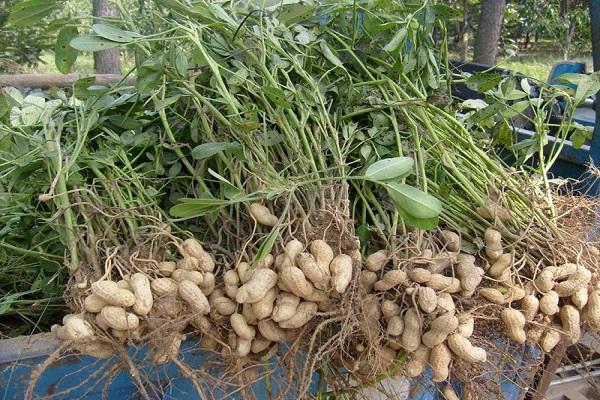
How to grow peanuts in the country
To grow peanuts in the country, you need to know how to properly prepare the plots, choose a well-lit place, carry out the entire planting process correctly, and create the recommended conditions for peanuts.
Site preparation
The plot has been prepared since autumn. They dig it up and fertilize it with manure or compost, as well as phosphorus-potassium fertilizers. In the spring, nitrogen fertilizers and ash are added. For 1 sq. 100 grams of ash are added to the soil.
Peanuts grow well and develop in fertile soils with a neutral environment. If you plan to plant in black soil, then it is mixed with sand in advance.

The choice of planting material
Seeds are bought in specialized stores, which guarantee germination and germination. Many gardeners also use their own raw peanut seeds. But in such cases, germination and germination is not guaranteed. They also sell ready-made seedlings, which are immediately transferred to the ground. When choosing seedlings, it is recommended to pay attention to the leaves. They should be strong, free from damage or specks. The stem should be firm, without uncharacteristic bends or damage.
If growing seeds gave good results and managed to get a harvest, then the next season they use their own material.
Planting process
Seeds are planted when the earth warms up to 15 ° C.In the Urals and Siberia, this temperature occurs in early June. Only with this value do they germinate. The first shoots appear after 10-12 days. When using seedlings, plants are transferred to the ground 20-25 days after germination. The planting process is as follows:
- Prepare the site.
- Dig holes at a distance of 20-30 centimeters from each other. A distance of 60-70 centimeters is left between the beds.
- After planting, the plants are watered with warm water.
Important! When using seeds, after transferring them to the soil, the holes are covered with a film, until shoots appear. In the daytime, the film is removed for 30 minutes so that the plant gets used to the climate.
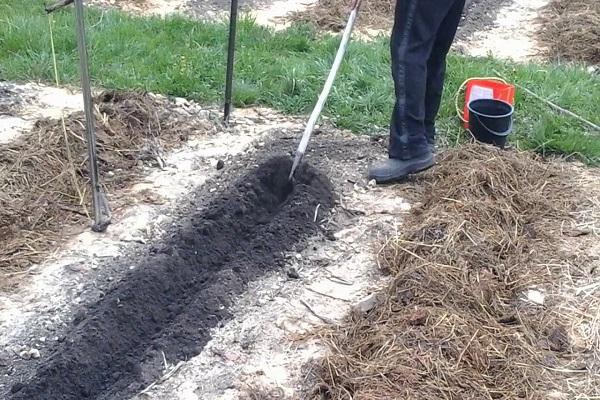
Care advice
To get a crop of peanuts, it is recommended to follow the tips for plant care.
Sowing and watering peanuts
After sowing seeds and receiving the first shoots, follow the watering regime. The plant is drought tolerant, so it should not be overfilled. Watering is carried out 6-8 times per season. It turns out that every three weeks, 1 bucket of water is used for one bush. Water is used that has settled in advance, it must be warm. One month before harvesting, watering is completely removed. In extreme heat, watered every 2 weeks.

Hilling plants
Peanuts require constant hilling of the plant. It is carried out after every rain and watering. Every 3-4 days, the plants are examined, weeds are removed, the soil is loosened to create good aeration of the root system. This stimulates the formation of fruits.
Diseases and pests of culture
Peanuts have a fairly stable immunity. However, there are diseases and insects that can disrupt its development. To prevent this from happening, it is necessary to carry out preventive spraying and processing of plants. Diseases that affect the culture:
- Powdery mildew. A white bloom appears on the leaves of the bush, they gradually turn yellow and dry out. The development of peanuts is slowing down. The damaged areas are removed, the whole bush is treated with a fungicide, and those growing nearby.
- Gray rot. Dark spots form on the leaves, they gradually increase in size. The defeat occurs after flowering, the fruits are not tied, and in the presence of an ovary, development stops. The affected areas are removed and treated with a fungicide.
- Black rot. Black spots with a purple border are formed on the leaves. They grow slowly. The development of the bush stops, the leaves die off. At an advanced stage, the plant dies. For treatment, they are treated with a fungicide, after removing the damaged leaf blades.
- Fusarium. There is a complete wilting of the bush. The disease penetrates the roots, they rot. The development of peanuts stops, no nuts are formed. Such a plant is difficult to save, it is removed from the garden so that the infection does not spread to neighboring shoots.
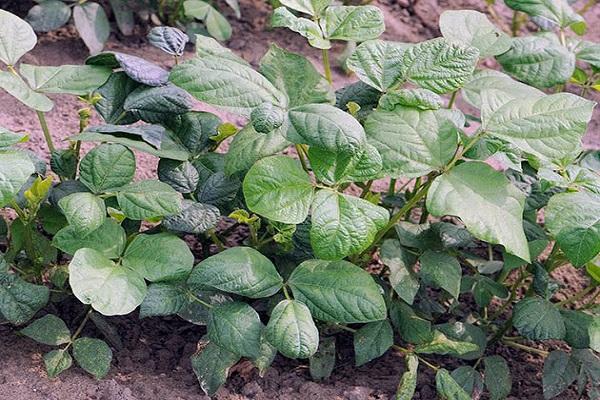
Also, peanuts are damaged by insects:
- Aphid. Small black insects reproduce on the leaves, which visually form a film. Localized on the lower side of the sheet. They feed on the tissues of the plates, which gradually turn yellow and die off. Insecticides are used to combat them.
- Nutcracker. Insects live and reproduce in the soil. They have a well-developed gnawing apparatus. They gnaw holes in the pods and eat the nuts from the inside. To prevent them, traps are made for them next to the beds. Dig holes, place carrots or beets in them. Cover with a board on top. After the caught insects are destroyed.
Important! To prevent the development of infection and insect attacks, it is recommended, after 20 days of transfer to the ground, to carry out preventive spraying with fungicides and insecticides.
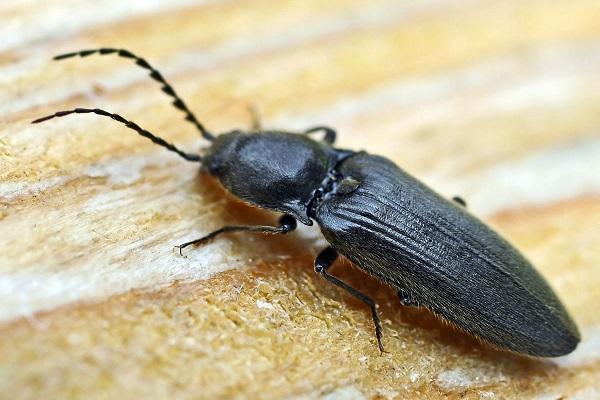
Harvesting
Harvesting of peanuts is carried out in early autumn, when the plant dries up and the nuts are easily separated from the pods.It is important to harvest before the first frost so as not to damage the fruit. The plants are dug up and rolled into shafts. Leave them to dry for a few days. Then the stems are separated from the pods. The stems are thrown away, the fruits are dried.

Drying fruits
Drying is carried out in pods. Nuts are distributed on shelves no more than 10 centimeters thick. The drying area should be well ventilated to prevent rotting and mold growth. Dried at 40 ° C until the peel is dry. It cracks easily when pressed.
After the fruits are laid out in rag bags and stored at a temperature of 8-10 ° C. If the conditions are met, the nuts are well stored until the beginning of the next season.
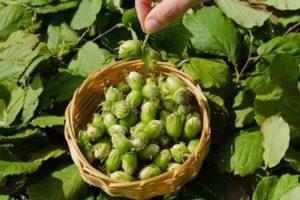

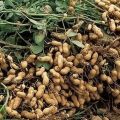
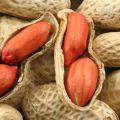
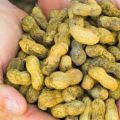
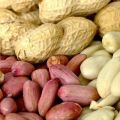
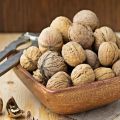



Growing peanuts takes a lot of effort. Thanks to the author who described the process and features in such detail. Developing the topic, I would like to note that for the subsequent processing of peanuts, machines and equipment will be required. Our factory specializes in the manufacture of equipment for the processing of peanuts. We offer both low-cost solutions of low productivity and industrial lines.